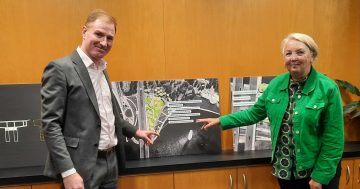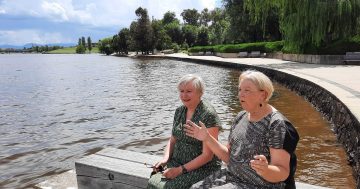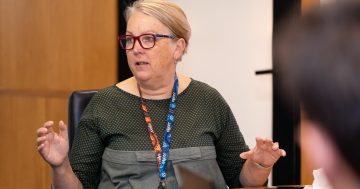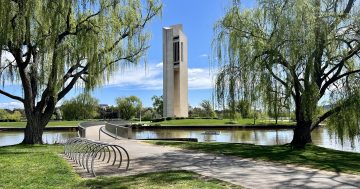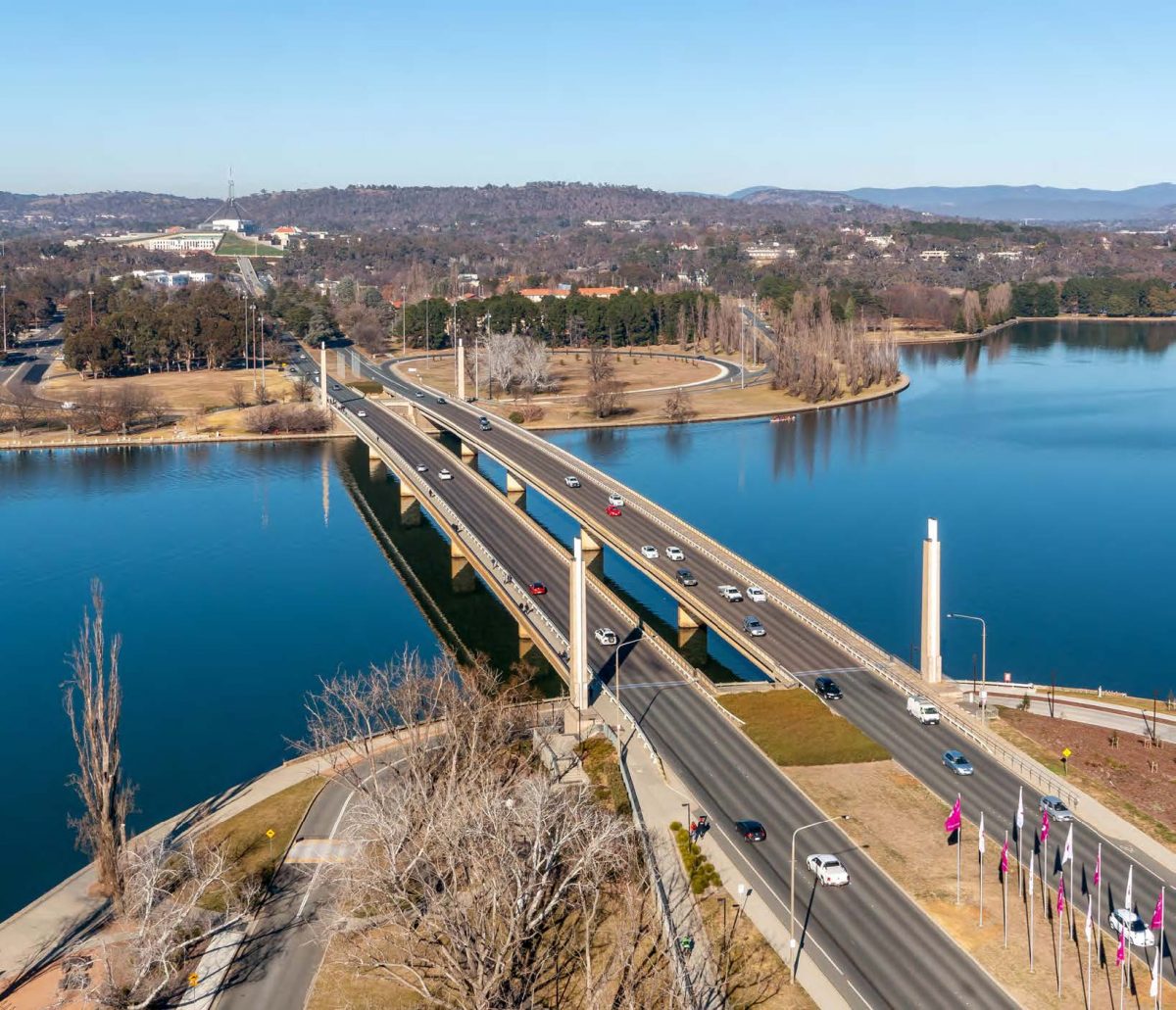
An artist’s impression of the widened footpaths, which will be expanded by 2.5 metres. Image: NCA.
The National Capital Authority (NCA) has been criticised for failing to correspond with local elected representatives over the $137.5 million Commonwealth Avenue Bridge project.
“I’m disappointed that there haven’t been efforts to engage with the actual representatives for this area where the bridge is in the middle,” Bean MP David Smith told the Federal Joint Public Works Committee earlier this week.
The committee heard from the NCA about its plans to make significant upgrades to the two bridges to ensure they meet current and future road user needs.
NCA chief executive Sally Barnes noted that the project has sought community feedback and is conscious that the future bridge will eventually likely be linked to the ACT Government light rail project to Woden.
However, when Mr Smith asked the NCA what consultation had taken place with the relevant federal members regarding the Commonwealth Bridge project, they admitted there hadn’t been any formal briefings.
“In terms of briefings, I’m not sure if there’ve been any formal briefings to local members, but the chair of the Joint Standing Committee into the National Capital and External Territories, [Canberra MP] Alicia Payne and Senator David Pocock are on that committee, and we’re happy to brief any time,” Ms Barnes said.
When asked whether there had actually been any formal briefings with these representatives, though, Ms Barnes admitted: “No, there haven’t been to date”.
Mr Smith also asked whether there had been briefings with Kurrajong MLAs as the relevant ACT Legislative Assembly representatives, to which Ms Barnes said: “We’ve been briefing city government officials for a long time on this and there hasn’t been a request for briefings for local members”.
“So there hasn’t been any engagement with those [directly]?” was Mr Smith’s response, noting that “they are direct stakeholders”.
NCA chief planner Andrew Smith added that “in broad terms, the work with the territory has operated at the executive level”, including regular meetings with their equivalents in ACT Government directorates. He said the bridge project is a standing item on the agenda in monthly meetings and that the project has been raised with Minister for Transport and City Services Chris Steel, and that “we are always available” to discuss it.
However, Mr Smith said he was “disappointed” at the lack of effort to engage.
“I’d encourage the NCA to actually reach out to the elected representatives from the Kurrajong electorate for the Assembly and to the senators and obviously the federal member for Canberra in terms of actual specific briefings,” he said.
The NCA told the committee that the Commonwealth Avenue Bridge project is expected to cost $137.5 million and is set to begin construction in mid-2024, to be completed by the end of 2025.
The project will include strengthening the bridge to increase its load capacity, installing new handrails and traffic barriers, and widening the bridge to create 50 per cent more shared path.
The NCA said the 60-year-old bridge no longer meets contemporary traffic loading standards and these upgrades will “future-proof” the bridge for another 60 years.
Ms Barnes noted that the bridge needs to be strengthened to respond to changes in the number of people living in Canberra, the number of vehicles crossing the bridge, the weight of those vehicles and the increase in pedestrians using the bridge both for work and as tourists.
Hinkler MP Keith Pitt asked the NCA to delve deeper into the costs, questioning why the handrails are slated to cost $7 million but bridge crash barriers are budgeted at $3 million.
NCA project director Greg Tallentire said this is because the handrails include multiple facets, such as lighting for the shared path, and the handrails must extend beyond the bridge due to new height standards.
“But it’s not designed for a car to crash into it?” Mr Pitt asked, adding that it seems “extraordinary” that handrails would cost more than twice as much as crash barriers.














